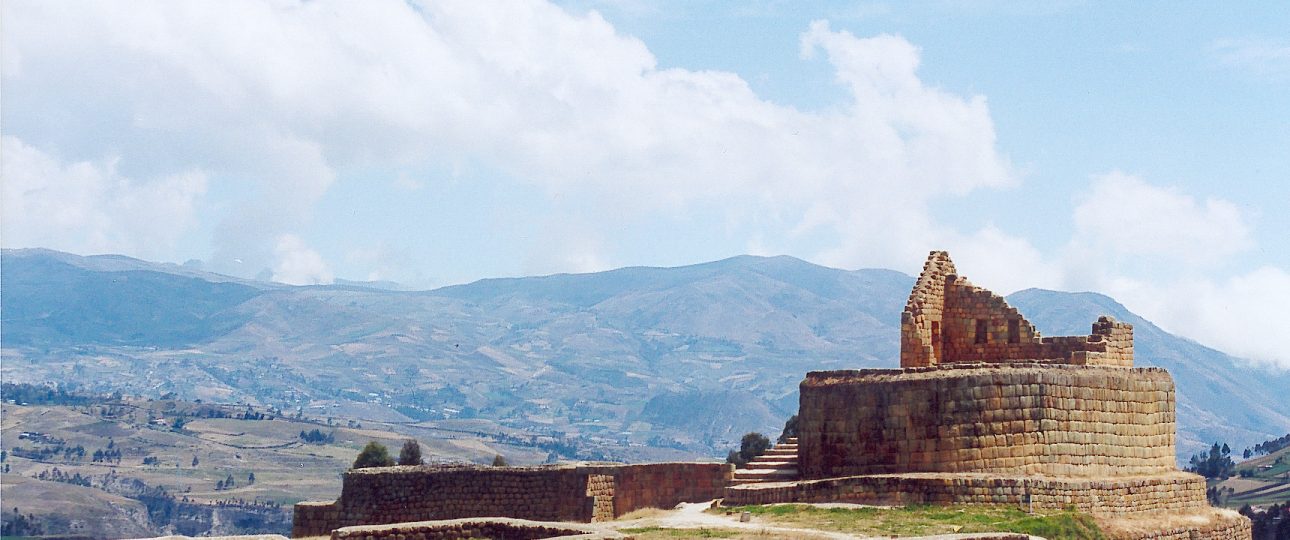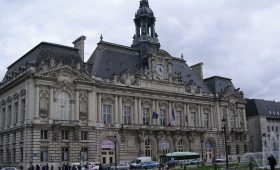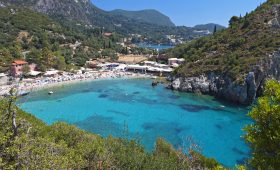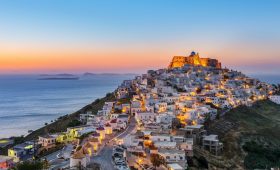About Ingapirca Ruins
Ingapirca Ruins, located in the Cañar Province of Ecuador, offer a fascinating glimpse into the past. This archaeological site showcases the rich history and cultural heritage of both the Inca and Cañari civilizations. Situated approximately 80 kilometers north of Cuenca, the ruins are a testament to the architectural prowess and cultural blending of these ancient peoples.
History and Significance
The area now known as Ingapirca was originally settled by the Cañari people, who called it Hatun Cañar. As the Inca Empire expanded into southern Ecuador, they encountered the Cañari and eventually settled their differences, choosing to coexist peacefully. The site became a significant center for both cultures, reflecting their shared and distinct traditions.
The ruins include a castle complex of Cañari-Inca origin, which served multiple purposes, including as a fortress and storehouse. The most notable structure is the Temple of the Sun, constructed without mortar, showcasing the Incas’ advanced stonework. This temple was aligned with the solstices, allowing sunlight to illuminate its chamber at specific times of the year, demonstrating the Incas’ astronomical knowledge.
Exploring Ingapirca Ruins
Visiting Ingapirca is like stepping back in time. The site spans approximately six hectares and includes several key areas to explore:
1. Temple of the Sun
The Temple of the Sun is the highlight of the ruins. Built with precisely chiseled stones, it was dedicated to Inti, the Inca sun god. The temple’s alignment with the sun during solstices is a remarkable feature, though much of the original structure has collapsed.
2. Astronomical Observatory
The site also includes an astronomical observatory, reflecting the Incas’ deep understanding of celestial movements. This observatory was used to align agricultural activities with the seasons, a testament to their sophisticated knowledge of astronomy.
3. Ritual Baths
Ingapirca features a series of ritual baths, believed to have been used for purification ceremonies. These baths highlight the spiritual practices of both the Inca and Cañari people, with intricate water channels that once facilitated these rituals.
4. Residential Complex
The residential complex within the ruins consists of structures that housed Inca nobility. The stone walls and doorways offer a glimpse into the lives of those who lived here centuries ago, showcasing the blend of Inca and Cañari architectural styles.
Best Time to Visit
The weather at Ingapirca can change rapidly, with conditions ranging from sunny to rainy and cold within minutes. While the dry season from June to September offers more stable weather, the site can be visited year-round. Be prepared for sudden weather changes, regardless of the season.
How to Get There
To reach Ingapirca, you can take a bus or hire a taxi from Cuenca, with the journey taking about two hours. The scenic route is part of the experience. Alternatively, consider joining a guided tour that includes transportation to and from the site.
Local Transportation
Once at the ruins, exploring on foot is the best way to appreciate the site. The paths are well-maintained, but wear comfortable shoes and bring a hat and sunscreen, as shade is limited. Carry water to stay hydrated during your visit.




